Television’s tweet spot
By Bruce Daisley
03-04-2014
The change in television consumption that social media has facilitated has only just started playing out. We’ve always loved watching programmes with others. A joke is funnier when two people are laughing; when there’s a whole timeline of people laughing, then that joke’s better still.
It’s probably the open, public, live nature of Twitter that makes it such a perfect complement to TV. Twitter allows us to easily see what our friends are saying in our timeline, but also, with a single tap, to see what others are discussing about a show.
What we’re increasingly reminded of is that while a lot of TV is a deliciously rewarding escape, there have always been those moments in every show when the viewer jolts forward, sitting up to take notice. Viewers engaging with the show increasingly now reach for their phone. These shared moments are the ‘tweet spot’ of today’s programmes.
Social media like Twitter has just made those moments measurable – and helped to amplify their impact. Twitter is now like having a free, live focus group to gauge reactions to a show.
We are at the start of understanding the possibilities offered by the symbiotic second-screen experience of Twitter and TV, and how that will help makers of programmes, commissioners, channels and advertisers to better craft and monetise their programming.
In the US, the Nielsen Twitter TV rating has been established as the definitive source for understanding the social impact of a TV show. The company, best known for providing TV ratings similar to the UK’s BARB scores, has conducted research that shows both a correlation between Twitter viewing and TV ratings, and a two-way causation between the pair. In 29% of cases, significant increases in the volume of tweets about a show led to a measurable increase in viewing. More tweets, more ratings.
Twitter is an authentic network. It rewards those who are good, rather than those who are loud. It forces individuals and brands to think cleverly about things that will genuinely engage and resonate with audiences.
We know that people are using their smartphones, laptops and tablet devices as a second screen when watching TV. This creates a new space for brands, giving broadcasters and advertisers the ability to put their messages directly into the palm of the audience’s hand, at the right moment.
For every TV advert we witness a spontaneous conversation on Twitter. Brands can assist this by using hashtags and creative calls to action on air.
One of the simplest things TV show makers can do to tap into the social audience around a TV show is to integrate hashtags into their broadcasts. Hashtags join conversations together. The hashtag on Twitter is a campfire around which people gather to tell stories.
We also know that when big events happen, they happen on Twitter. So during big TV moments Twitter allows viewers to share in the collective gasps in living rooms across the nation, and signposting these with the relevant hashtag can be an incredibly effective way of encouraging an audience to join the conversation. The same is true of live sporting events – you can share in the excitement of a live event with fellow fans from around the globe.
Every show has its own Twitter DNA.
We also see trends in factual programming, with tweeting happening throughout the show, as opposed to in drama, where most of the conversation on Twitter happens after the dramatic climax or during the closing credits.
Programme-makers create this narrative as they edit a show. For many years, they have been crafting these amazing watercooler moments for TV and, increasingly, we are seeing them become skilled at identifying these not only as talking points in living rooms across the nation, but as the aforementioned tweet spots. Smart productions are pre-empting their shows’ best moments – the ones that everyone will tweet about – and creating the tweet that everyone wishes they’d tweeted.
Clipping out these tweet spot moments allows them to arm viewers with that perfect piece of content to share, providing them with a moment that they can retweet to their friends, spreading the message of the programme, the channel or the brand in real time.
We’ll see more innovation in this field in the coming months and years as TV networks realise that they can use live Twitter content to add a new social layer to repeats, be that with expert opinions, or by giving audiences agency over what they see.
Watching TV is like eating a meal. You can do it alone, but it’s all the more satisfactory when you are sitting with like-minded people.
This article is an extract from UKTV’s 2024: The Future of Television, the full version of which is available at corporate.uktv.co.uk.













.jpg)




























